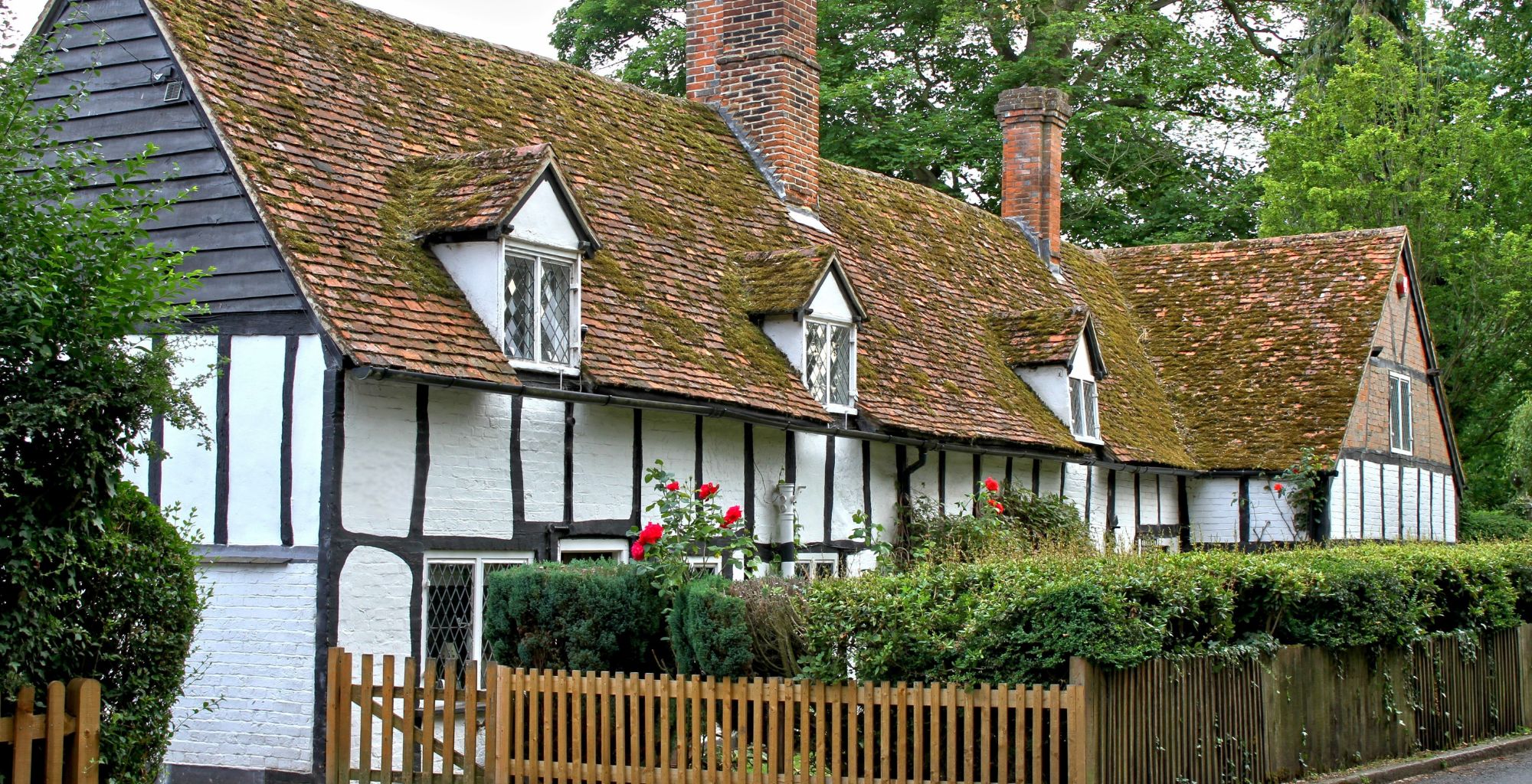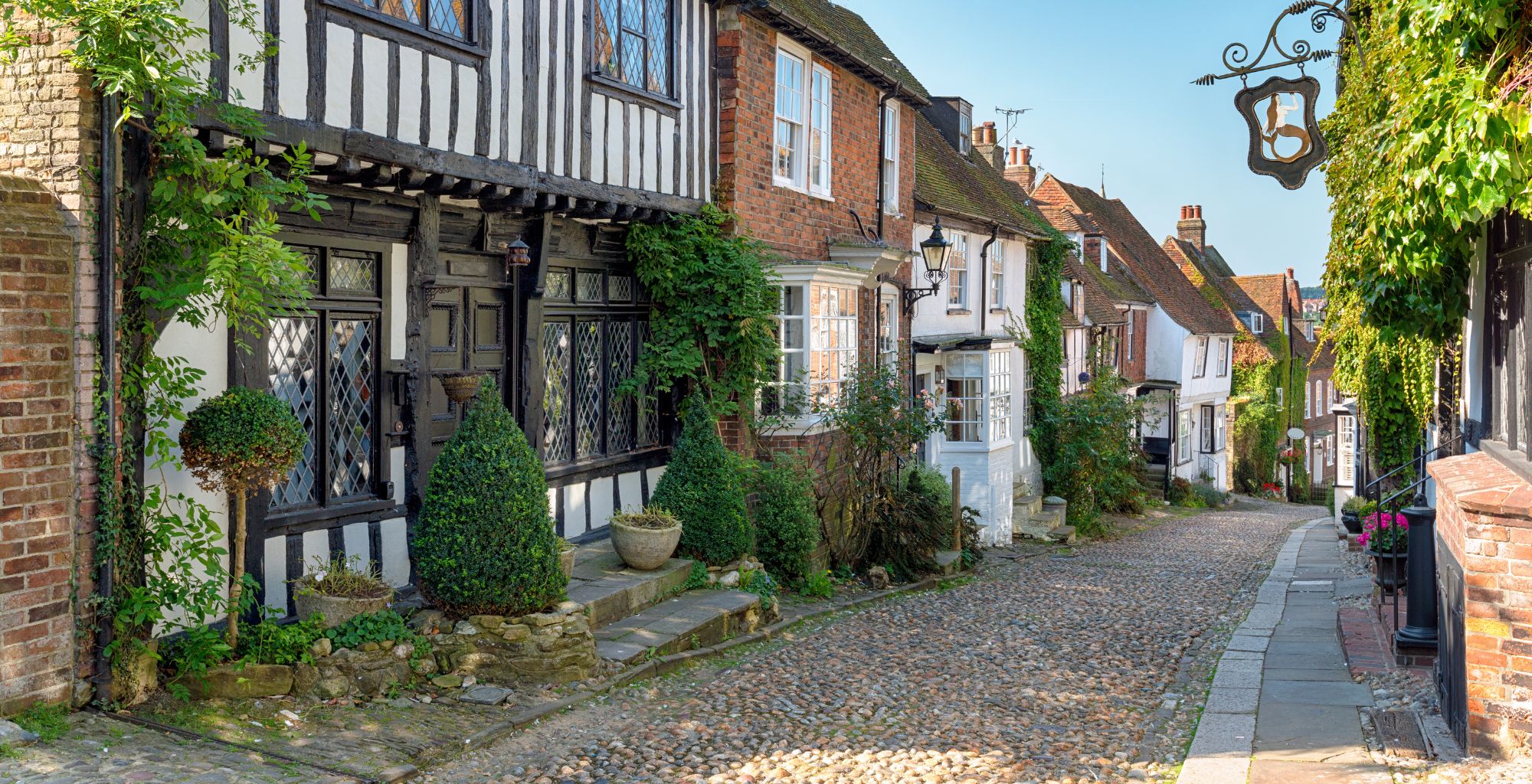As one of the most popular home counties, with so many locations that offer more than simply an easy...

How to start investing in UK property
Before considering properties to buy for investment there are several key points for consideration. An investor needs to establish how they will be financing their purchase, plan ahead for the associated costs, especially when purchasing a property being purchased with the sole intention of letting.
There are several methods of investing in property, the below outlines what to think about when purchasing a traditional buy to let, including tips and property finder’s advice on how to start investing in property.
Financing your investment
How you will be financing your property investment will often dictate what and where you can buy a property due to the mortgage requirements for a certain rental yield. When considering investing in property the first step is to arrange your finances.
Buy-to-let mortgage
Lenders will often consider buy-to-let mortgages to have higher associated risks and as a result the borrowing usually comes at an increased price when compared to a normal residential mortgage.
A lender might require a larger deposit and charge inflated interest rates for a buy-to-let mortgage but it is often the case that this additional outgoing can be balanced by rental yield.
There are specialist lenders who actively facilitate individuals investing in buy-to-let property. If you’re planning to purchase multiple investment properties finding a good lender to work with from the outset could be a prudent move.
Cash purchase
An investor might choose to buy a rental property outright. This will mean that the net rental income position will be higher as there are no mortgage repayments to factor into outgoings.
When evaluating whether to purchase one or more properties and how to structure the financing of these investments it is wise to seek independent tax advice. A reputable advisor will be able to help an investor fully understand the benefits and risks of each strategy along with any tax implications.
Costs of buying a property
As an investment, the costs involved with buying a property can seem high when compared to other investments. To buy a property you will need to employ the services of a solicitor and pay significant taxes upfront.
Finding cheap legal advice to reduce costs might seem a good way to reduce these outgoings but this is not always a wise move. With the intention of letting the property, you are purchasing from the outset of the purchase all the legal documents need to be thoroughly checked to ensure you will definitely be able to let the property.
This is especially true with leasehold apartments, investors might be surprised to learn that some leases state that a property cannot be let and must only be used as a home.
Stamp Duty Land Tax
There are taxes involved with the purchase of many types of investment, when purchasing property as an investment you will have to pay Stamp Duty Land Tax (SDLT).
If the property you are purchasing is not the only property you own then you will have to pay a higher rate of SDLT.
Your chosen solicitor will be able to advise you fully when you proceed to purchase on a property as to apply to that particular purchase.
To gain an idea of the applicable taxes when you are considering a property you can use an SDLT calculator.
Finding an investment property
If you’re financing your investment property purchase using a mortgage it is likely that you will have been given a rental yield figure that the property has to achieve as a minimum in order to satisfy the terms of the lending.
Having this as a clear bottom line can be helpful when searching for a rental property as it will allow you to quickly eliminate properties that are not suitable.
Investment property checklist
This checklist will help you to decide where and what to buy.
The area
Up and coming areas can present investors with heavily discounted prices when compared to neighbouring established areas. There might be a promise of greater capital growth in the long run for a property in an area currently experiencing regeneration but this is often also not guaranteed. Typically less desirable areas do not achieve the best rental income.
An ideal area for rental investment will offer the potential for capital growth over time whilst also appealing to tenants and generating rental income in the short term.
The area in which you choose to buy a property needs to match the type of tenant you are hoping will let the property. Well established residential areas will have higher property prices but are likely to experience continued demand from tenants along with steady capital growth.
Attracting tenants
Which type of tenant would you like to let your property to? Different tenant types have different pros and cons and will require you to look at very different types of property in different locations.
Within a town or city, there are certain areas that attract a certain type of person to live there. If you’re considering buying an apartment that would appeal to a working professional it would be wise to purchase a property that suits their lifestyle. Whereas students will likely want to live within close proximity of the university campus as well as being near to their peers. These are all factors to consider before beginning your search for an investment property.
Rental yield
Rental yield is a percentage figure which demonstrates the return an investor is likely to achieve on a property via rental income. When considering a property to purchase as a buy-to-let being able to quickly calculate the rental yield can be very helpful.
The most simple way to establish the rental yield of a property is to use this calculation: (Annual rental income ÷ property purchase price) x 100 = % rental yield
A mortgage lender will usually have minimum rental yield criteria which they expect a property to meet in order for you to borrow money on a buy-to-let mortgage. Achievable rental yields vary wildly across the UK and this might be a deciding factor in where you choose to purchase an investment property.
Capital growth potential
It is impossible to predict exactly where a property’s value will be 5 or 10 years down the line but you can look at an area’s history in terms of price increases to provide a guide.
It’s also worth considering any plans for local improvements to transport or the area generally. These factors will likely have a positive impact on your investment property’s value in the long run.
For many investors, the ideal investment property offers a well-balanced blended return of both rental yield and capital growth.
Exit strategy
If your circumstances change you might need to sell the property, planning for this before you begin your search is wise.
Will you be able to sell this property with relative ease if necessary? Who would buy this property? If you’re limiting the audience by buying something unique it might take longer to access the money you invest in the property.
Investing in property
If you’re considering investing in UK property our team of property finders would be delighted to assist with your search and acquisition. Please do contact us to discuss your plans and our services in greater detail.



